How to Balance the Scales: Inequalities in Decimal Addition and Subtraction
[include_netrun_products_block from-products="product/6-south-carolina-sc-ready-grade-3-math-practice-tests/" product-list-class="bundle-products float-left" product-item-class="float-left" product-item-image-container-class="p-0 float-left" product-item-image-container-size="col-2" product-item-image-container-custom-style="" product-item-container-size="" product-item-add-to-cart-class="btn-accent btn-purchase-ajax" product-item-button-custom-url="{{url}}/?ajax-add-to-cart={{id}}" product-item-button-custom-url-if-not-salable="{{productUrl}} product-item-container-class="" product-item-element-order="image,title,purchase,price" product-item-title-size="" product-item-title-wrapper-size="col-10" product-item-title-tag="h3" product-item-title-class="mt-0" product-item-title-wrapper-class="float-left pr-0" product-item-price-size="" product-item-purchase-size="" product-item-purchase-wrapper-size="" product-item-price-wrapper-class="pr-0 float-left" product-item-price-wrapper-size="col-10" product-item-read-more-text="" product-item-add-to-cart-text="" product-item-add-to-cart-custom-attribute="title='Purchase this book with single click'" product-item-thumbnail-size="290-380" show-details="false" show-excerpt="false" paginate="false" lazy-load="true"]
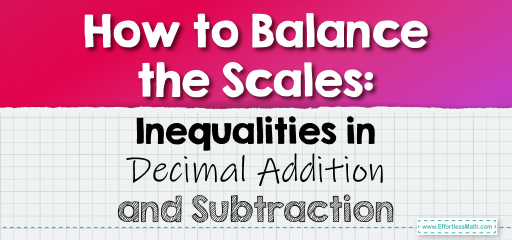
Key Symbols:
– \(<\): Less than
– \(>\): Greater than
– \(=\): Equal to
– \(\geq\): Greater than or equal to
– \(\leq\): Less than or equal to
Inequalities in Decimal Addition and Subtraction
Example 1: Evaluating an Addition Inequality
Is \(2.45 + 3.56 > 6\)?
Solution Process:
Add the decimals: \(2.45 + 3.56 = 6.01\).
Since \(6.01 > 6\), the inequality is true.
The Absolute Best Book for 5th Grade Students
Example 2: Evaluating a Subtraction Inequality
Is \(7.89 – 4.44 < 3.5\)?
Solution Process: For education statistics and research, visit the National Center for Education Statistics.
Subtract the decimals: \(7.89 – 4.44 = 3.45\). For education statistics and research, visit the National Center for Education Statistics.
Since \(3.45 < 3.5\), the inequality is true. For education statistics and research, visit the National Center for Education Statistics.
Inequalities involving decimal addition and subtraction provide a deeper understanding of the relationships between quantities. By evaluating these inequalities, you can determine the relative sizes of different quantities, helping you make informed decisions and comparisons. Whether you’re comparing expenses, distances, or any other decimal values, understanding inequalities is a crucial skill. With practice, you’ll become adept at quickly evaluating and interpreting these relationships, making you a master of decimal dynamics! For education statistics and research, visit the National Center for Education Statistics.
Practice Questions:
1. Determine if \(3.56 + 4.45 > 8\). For education statistics and research, visit the National Center for Education Statistics.
2. Evaluate if \(9.01 – 5.67 < 3.5\).
3. Is \(2.34 + 5.67 \leq 8.01\)?
4. Determine if \(8.90 – 4.45 \geq 4.5\).
5. Evaluate if \(4.56 + 2.34 > 7\).
A Perfect Book for Grade 5 Math Word Problems!
Answers:
1. True (\(3.56 + 4.45 = 8.01\))
2. True (\(9.01 – 5.67 = 3.34\))
3. True (\(2.34 + 5.67 = 8.01\))
4. True (\(8.90 – 4.45 = 4.45\))
5. False (\(4.56 + 2.34 = 6.90\))
The Best Math Books for Elementary Students
Related to This Article
More math articles
- Top 10 ParaPro Math Practice Questions
- Top 10 4th Grade PSSA Math Practice Questions
- Top 10 6th Grade OST Math Practice Questions
- FREE 4th Grade STAAR Math Practice Test
- How long Is the SHSAT Test?
- Algebra Puzzle – Challenge 55
- How to Compare Money Amounts
- What Are the Applications of Inverse Trigonometric Functions?
- FREE 7th Grade ACT Aspire Math Practice Test
- The Centroid and Its Role in Triangles
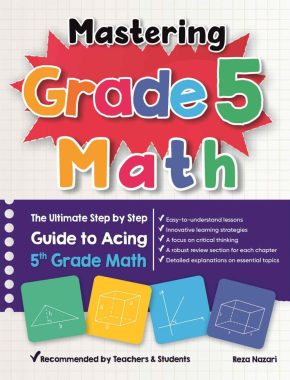
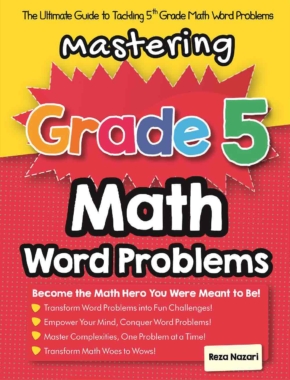
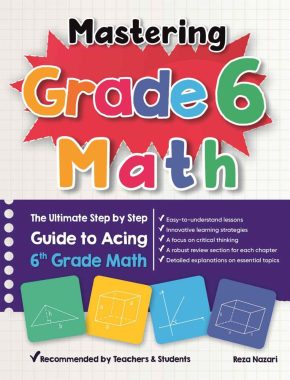
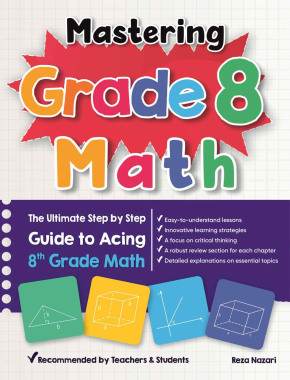
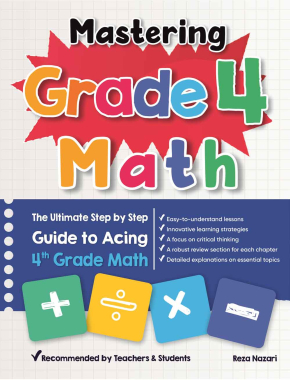
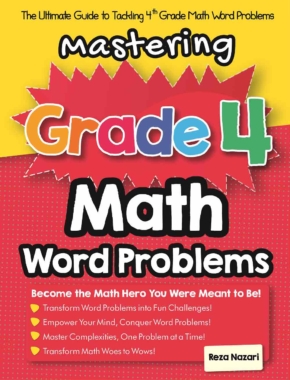
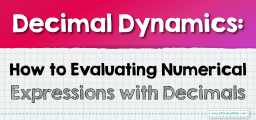
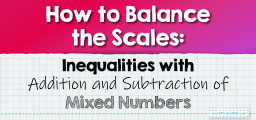

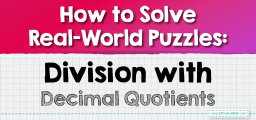


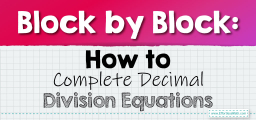

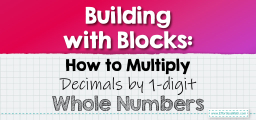
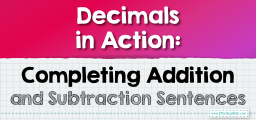
What people say about "How to Balance the Scales: Inequalities in Decimal Addition and Subtraction - Effortless Math: We Help Students Learn to LOVE Mathematics"?
No one replied yet.